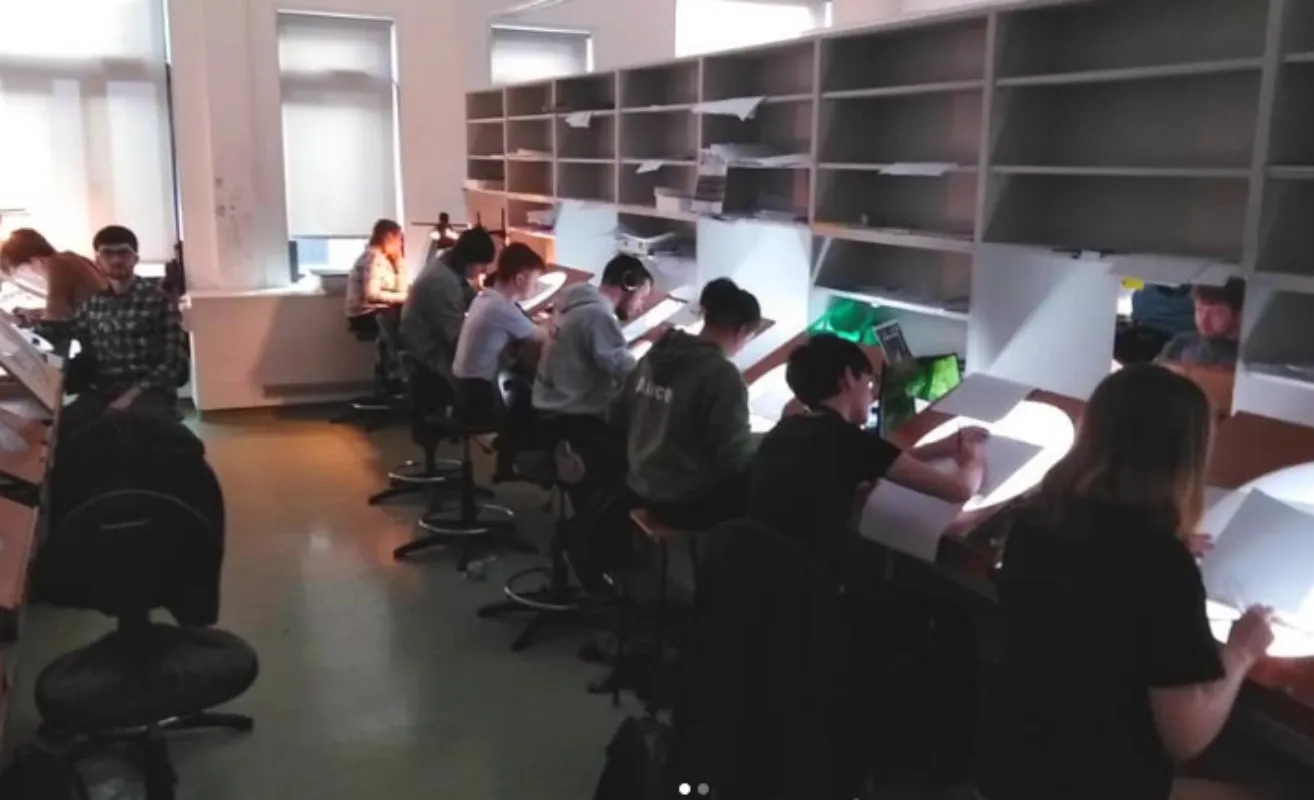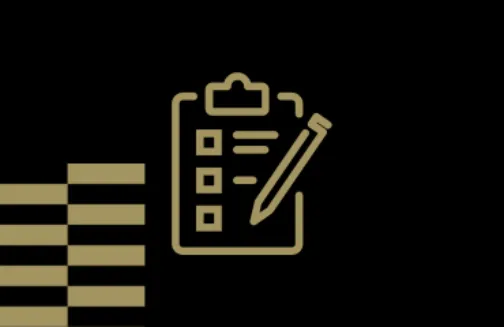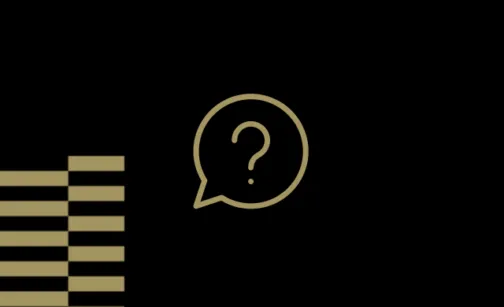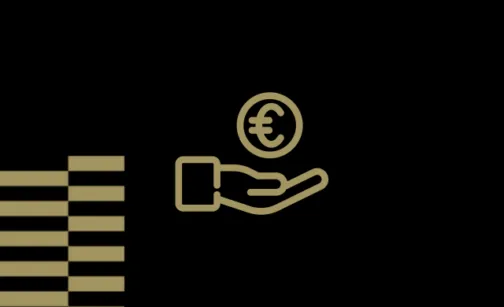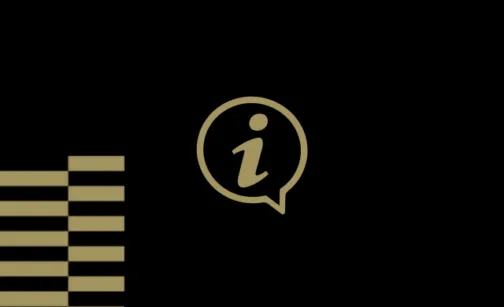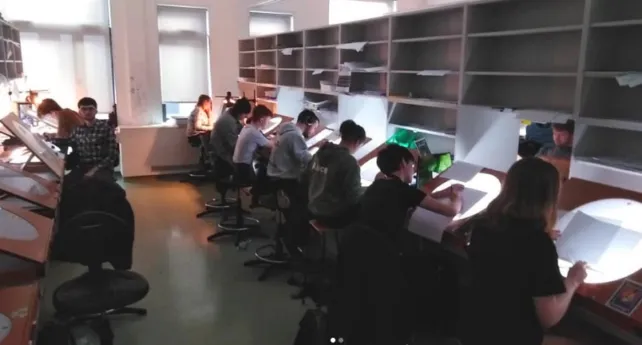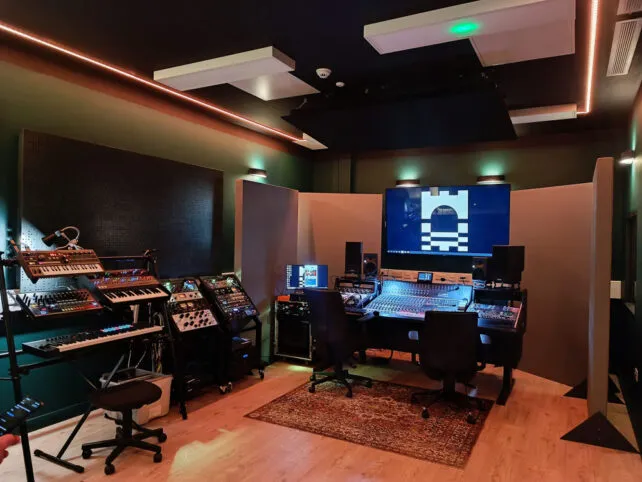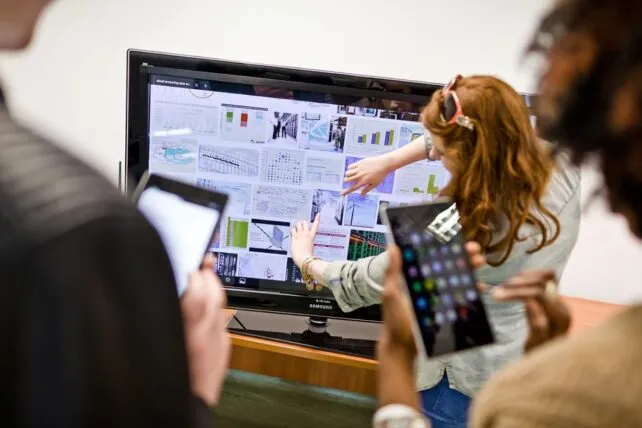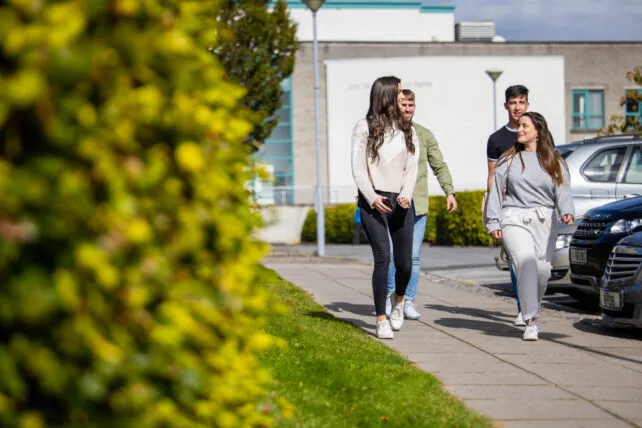A minimum of one full sketchbook
Applicants must submit one completed sketchbook. Applicants who have additional sketchbooks may submit up to 5 sketchbooks in total if they wish. If you are submitted your portfolio digitally you will need to record a video, turning each page of the sketchbook. You will be able to submit this online to us as a link from Youtube, Vimeo etc.
Your sketchbook should include a large amount of observational studies of both humans and animals. These can be quick sketches capturing movement and gestures. These types of explorative artworks are best submitted within a sketchbook.
Observational drawing is drawing what you see around you. It is not always about making a perfect picture. It is about studying what you see and representing it on paper. You are studying how objects are constructed; you are looking and figuring out your artistic ability; you are learning.
You can also include photographic work, as well as photographs of clay, collage, mixed media, stop motion models/sets and photographs of large pieces of artwork that you cannot fit into the portfolio itself.
Storyboards, comic panels and poster design can be included. Please number the pages or fix them together in sequence and clearly label them. Your storyboards can show an idea for a short film or advertisement using any style or medium you like to work in. Your sketchbooks can include visual development, concepts, characters and ideas that you have been working on. Show us what interests you and what inspires you to make the work you make from the world around you.
Doodling is what your sketchbooks are for!
8-10 pieces of Completed Artwork
These pieces are your main portfolio of completed work outside of your sketchbook. Try to have a variety of work in this section of your portfolio. Include artwork of humans, animals, objects or landscapes that you have worked on longer than quick sketches. Take your time to observe and work into these pieces. They can be further developed and completed with colour, tone and texture.


